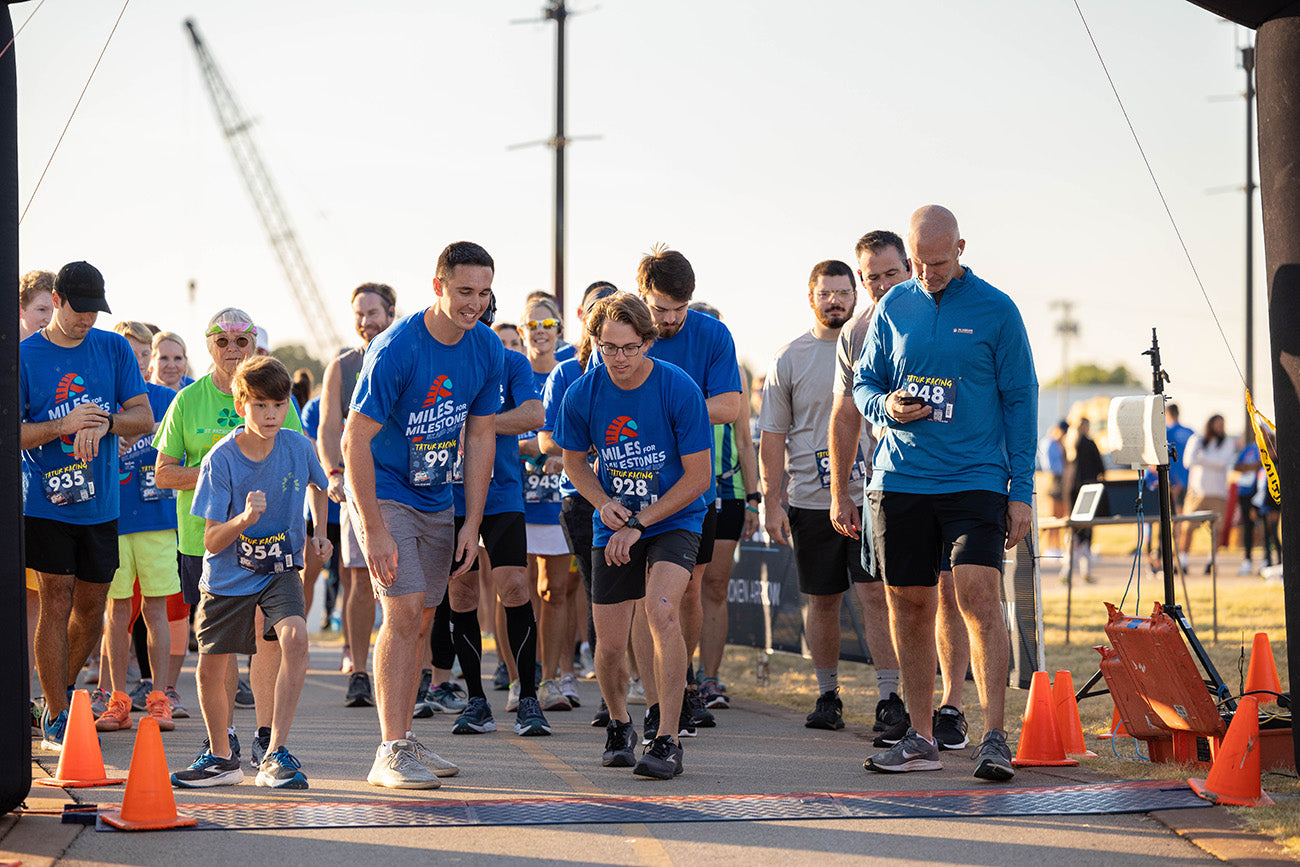
Running has become one of the most popular pastimes over the last couple decades and it shows no signs of slowing down. It’s a great way to get your daily exercise as well as a way to help your mind and body relax. The best part is, it doesn’t require a team, a court/field, or any other sort of extra equipment aside from a pair of shoes, so anyone can jump into it with ease.
One of the most popular things for runners to do is to run local and national races. These races are typically distance races, but you can find other types of races that include obstacles or other events mixed in (like a triathlon or an ironman).
If you’ve never done a local race before and want to get into it, we highly suggest starting off with a 5k near your home. There are always different organizations, schools, and groups, hosting races throughout the country at any given time, so there is a good chance that you’ll be able to find an upcoming race in your area.
But that’s just the first step. Finding the race is easy, getting in shape for the race is the hard part, especially if you don’t run on a regular basis or haven’t partaken in any of these types of events in the past.
But that shouldn’t discourage you. As long as you put your mind to it and put in the work, anyone, regardless of physical running experience, can get their body in shape to run a 5k, and we’re going to tell you how!
Train for Your First 5K Running Race
Let’s take a look at a few tips and training recommendations that will help you get in better shape to run your first 5k race.
These recommendations may not work for everyone, but they will help get your mind and your body into a place where you’ll be better positioned to run your first race.
Remember, for most people, unless you’re a competitive runner, a 5k is not about being the first to cross the finish line, it’s about beating your previous time. And if you’ve never run a 5k before, then just finishing the race is an accomplishment in itself.
1. Talk to Your Doctor
Depending on your current physical abilities, age, weight, and other factors, you may want to consult with your doctor before starting any sort of training program. This will help ensure that you are in good health and that this extra strain on your body isn’t going to cause any issues you may be unaware of.
If you’re young and healthy you can probably skip this step, but since everyone is different it’s important to understand the possible risks of putting a lot of strain on your body when you don’t exercise already on a regular basis.
2. Invest in Proper Running Shoes
If you’re really serious about running your first 5k, then investing in a good pair of running shoes will help you in the long run. They can help prevent injuries and will help with your overall performance.
You may not need these shoes at the beginning of your training, but as you progress through the weeks, you’ll want to make sure to pick up a good pair of shoes.
Don’t want until right before the race to buy them either. You’ll want to give yourself time to break the shoes in and get comfortable with them to help avoid injuries and blisters that could form from brand new shoes.
3. Setup a Training Schedule and Stick With It
Sticking with your training schedule is going to be the most important thing you can do when getting ready to run your first 5k. Even if you don’t talk with your doctor and you don’t run out and buy yourself a new pair of shoes, maintaining your training schedule is going to be your best advantage when it comes to running the race.
Below is an example of a simple 5-week training schedule that will help you get your body ready to run the race. It will start slow and increasingly build up to the day of the race.
Depending on your physical abilities you may need to adjust this or extend it if you’re not comfortable starting off week 1 doing any sort of jogging. We understand that not everyone is ready to get out there and start running, but you can always add a couple weeks of just walking to the beginning of this schedule to get yourself started.
Week 1: Walk-Jog Intervals
- Day 1: Walk briskly for 10 minutes. Then, alternate between jogging for 1 minute and walking for 2 minutes for a total of 20 minutes.
- Day 2: Rest or do a low-impact activity (e.g., swimming or yoga).
- Day 3: Repeat Day 1.
- Day 4: Rest.
- Day 5: Repeat Day 1.
- Day 6: Rest.
- Day 7: Go for a 30-minute easy-paced walk.
Week 2: Increasing Jogging Time
- Day 1: Walk briskly for 5 minutes. Then, jog for 2 minutes and walk for 1 minute. Repeat the jog-walk intervals for a total of 25 minutes.
- Day 2: Rest or do a low-impact activity.
- Day 3: Repeat Day 1.
- Day 4: Rest.
- Day 5: Repeat Day 1.
- Day 6: Rest.
- Day 7: Go for a 35-minute easy-paced walk.
Week 3: Building Endurance
- Day 1: Jog for 3 minutes and walk for 1 minute. Repeat the jog-walk intervals for a total of 30 minutes.
- Day 2: Rest or do a low-impact activity.
- Day 3: Repeat Day 1.
- Day 4: Rest.
- Day 5: Repeat Day 1.
- Day 6: Rest.
- Day 7: Go for a 40-minute easy-paced walk.
Week 4: Longer Runs
- Day 1: Jog for 5 minutes and walk for 1 minute. Repeat the jog-walk intervals for a total of 35 minutes.
- Day 2: Rest or do a low-impact activity.
- Day 3: Repeat Day 1.
- Day 4: Rest.
- Day 5: Repeat Day 1.
- Day 6: Rest.
- Day 7: Go for a 45-minute easy-paced walk.
Week 5: Final Preparations
- Day 1: Jog for 8 minutes and walk for 1 minute. Repeat the jog-walk intervals for a total of 40 minutes.
- Day 2: Rest or do a low-impact activity.
- Day 3: Jog for 10 minutes and walk for 1 minute. Repeat the jog-walk intervals for a total of 45 minutes.
- Day 4: Rest.
- Day 5: Rest.
- Day 6: Rest.
- Day 7: Race day! Take it easy, enjoy the experience, and don't forget to warm up before the race.
This training schedule will help build up your endurance, stamina, and strength leading up to race day. By the time you reach race day you should have no problem finishing the race with a time that you can be proud of.
Running Your First 5k
Running your first 5k race can be intimidating if you’ve never done it before, but the only way to see if you can do it is to put yourself out there.
Proper training is the key to completing the race with a solid time as well as without any injuries. Holding yourself accountable and making sure you stick to your routine will keep you on the path to success as you accomplish this incredible goal.
Be sure not to push yourself too hard and listen to your body. Not everyone is built the same and these training programs won’t always work for everyone. Take it slow and give yourself more time if you feel you need it.
To be honest, you don’t even need to sign up for an organized race in your area if you don’t want to. If you’re just looking to see if you can run a 5k, start training and then end the training program with a full 5k race around your neighborhood. A 5k is a 5k no matter where it’s done, you can even do it on the treadmill if that is easier for you.
Distance running is not something that should be taken lightly. Most people don’t just wake up one day and tell themselves they are going to run a marathon. It takes hard work, dedication, and training to be able to complete long distance races.
Everyone has to start somewhere and a 5k is short enough that most people can do it, but also long enough that it feels like an accomplishment.








